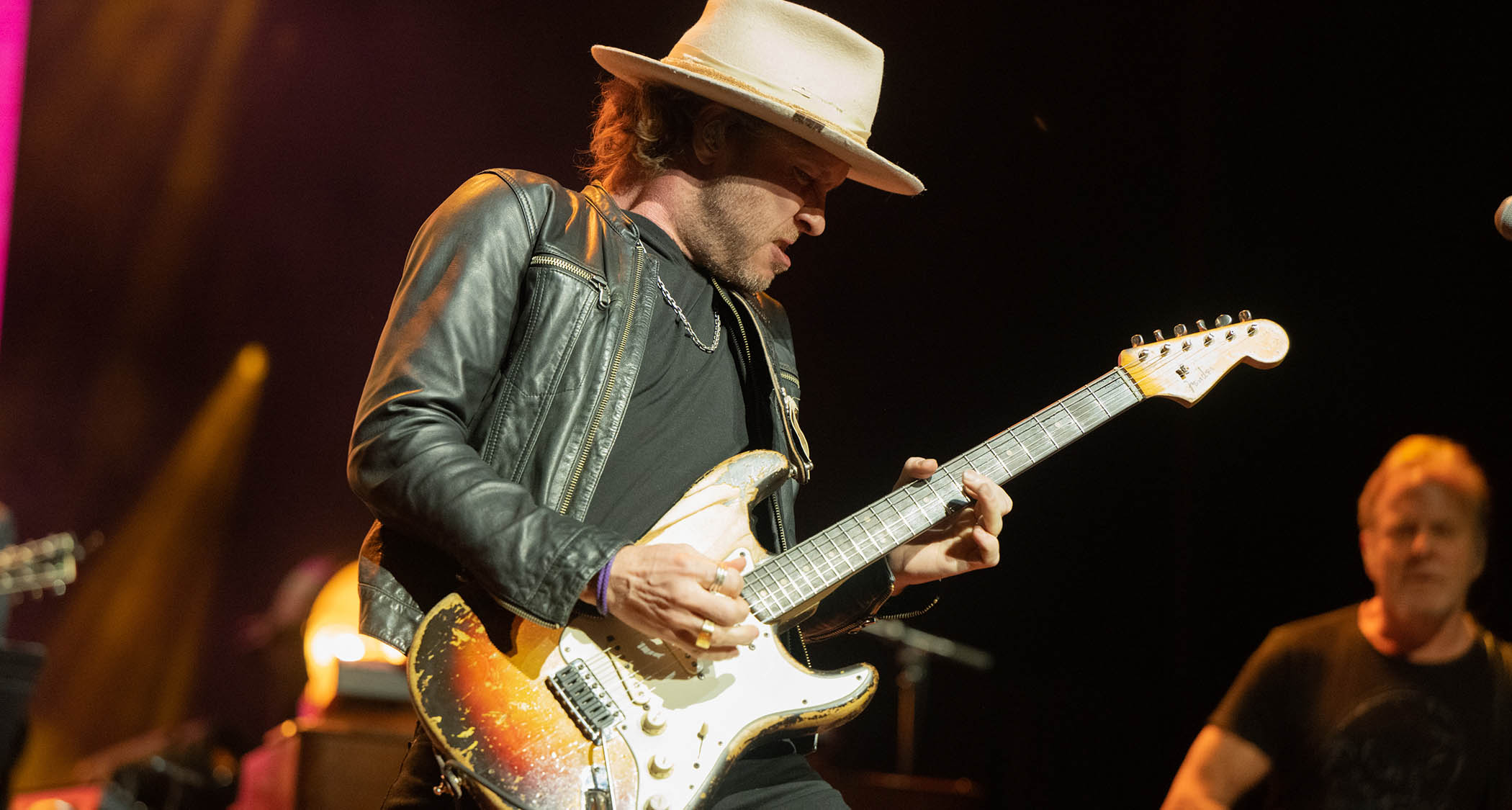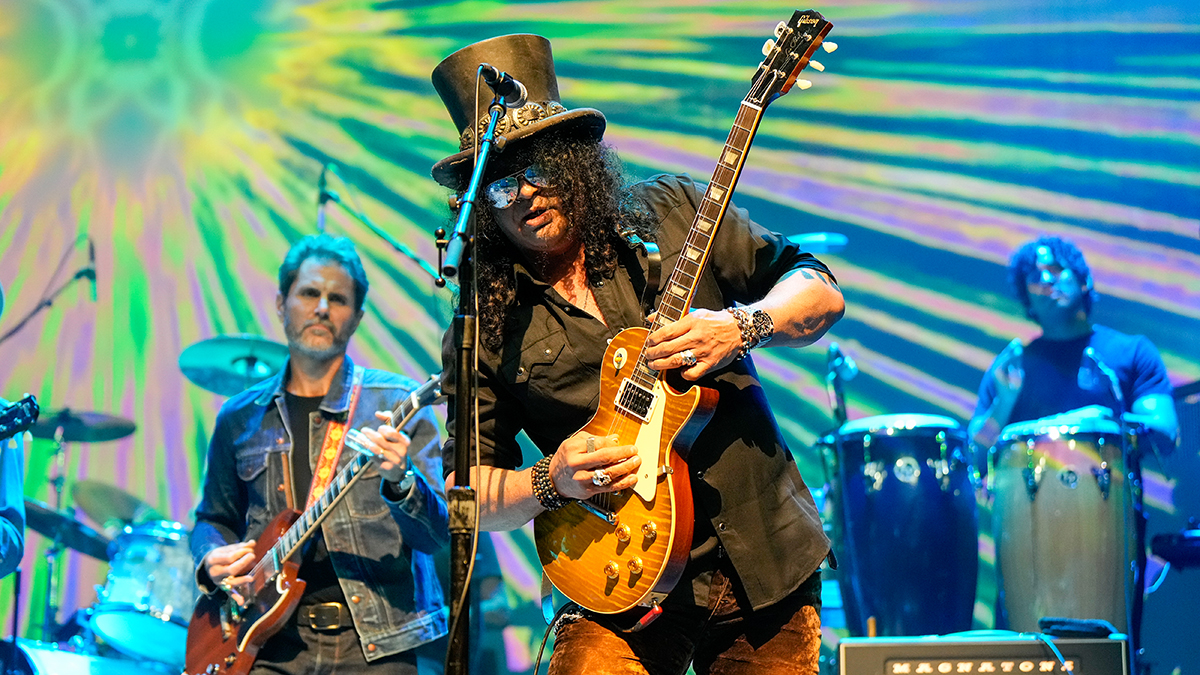He released his first album at 18 and rose above the Stevie Ray Vaughan comparisons to become one of the blues’ most respected guitarists – here’s how Kenny Wayne Shepherd became a modern-day master of the Stratocaster
That Overdrive Special you bought on Reverb is going to pay for itself once you take this lesson in the former child prodigy turned maestro's style

Kenny Wayne Shepherd has been a major force in the blues world throughout his almost 30-year career, and his passion for the genre and dedication to preserving its essence have earned him a spot as one of today’s top guitarists.
Born in 1977 in Shreveport, Louisiana, his journey began early, deeply influenced by the sounds of blues legends like Stevie Ray Vaughan, Muddy Waters, and Jimi Hendrix. Shepherd was already playing by the age of seven, and by 13 he was performing on stage, showcasing a prodigious talent that would soon make him a household name in the blues and rock community.
His breakthrough came in 1995 with the release of his debut album, Ledbetter Heights, when he was just 18 years old. The album went platinum and established Shepherd as a key player in the blues-rock scene.
His early work was often compared to that of Stevie Ray Vaughan, a testament to his technical prowess and the influence Vaughan had on his style. However, Shepherd quickly distinguished himself with his unique sound and emotional depth, moving beyond the ‘SRV clone’ label that had initially dogged him.
Shepherd’s artistry extends beyond his guitar playing. He has carved out a unique career as a singer and songwriter, bringing a modern edge to traditional blues. His music often incorporates elements of rock, soul, and Americana, yet he remains deeply rooted in the blues.
This blend of styles has allowed Shepherd to appeal to a broad audience while still maintaining the authenticity that endears him to blues purists and further highlights his commitment to honouring the past while bringing the blues to new generations.
Kenny Wayne’s style is big, bold, and ferocious. The intensity with which he plays is what sets him apart, and in turn is what is so hard to emulate. He draws on vocabulary passed down through generations, so while his style is rooted in tradition, his energetic and powerful delivery makes it unique.
All the latest guitar news, interviews, lessons, reviews, deals and more, direct to your inbox!
His expressive vibrato, articulate phrasing, and powerful picking style, straight from the SRV school, are essential. This is perhaps best described as a blend of picking and strumming, where each note is struck with force and often combined with muted adjacent strings, giving his sound that distinctive percussive element.
Pay special attention to fretting-hand muting to nail this aspect. In his improvisations, you’ll hear a dynamic range, from smooth, melodic lines to raw, fiery solos with fast and fluid runs. These can be challenging to execute accurately, so take your time building up to them if they’re new to you.
Kenny has nailed the perfect blend of technical skill and deep emotional expression. And if we want to capture the essence of his style, we’ve definitely got our work cut out!
Get the tone
Amp Settings: Gain 5, Bass 3, Middle 4, Treble 7, Reverb 3
Kenny Wayne is a diehard Stratocaster user, and mostly favours the neck pickup, so that’s a great starting point if possible. He’s also a huge fan of Dumble amps, but since most of us don’t have one of those lying around, an American-style amp set to the ‘edge of breakup’ paired with an overdrive pedal is a good choice. Add a splash of reverb or delay for some lush ambience.
Example 1
Our first study is a blues-rocker that demonstrates Kenny Wayne’s bold soloing style. It requires energy to keep the momentum going, and there are plenty of string bends and vibrato to give your hands a proper workout. Start slowly, breaking the solo up into smaller chunks before attempting to execute it in its entirety.
Example 2
Again, we’re going for intensity for this solo. Keep your wrist loose for the fast double-stops in bar 5, as this will make the motion more fluid and easier to execute.
The fast passage in bar 12 may also prove tricky but, as always, start slowly, increase the tempo gradually, and great results will surely come.
David is a guitarist, producer, and educator. He has performed worldwide as a session musician, with artists and bands spanning many musical genres. He draws upon over 20 years of experience in both live performance and studio work, as well as numerous composing credits. As a producer, he's collaborated with artists across genres, including pop, RnB, and neo soul. David holds a master’s in jazz guitar and teaches at BIMM London and the London College of Music. He is also a regular contributor to Guitar Techniques magazine, sharing his love of blues in a monthly column.


